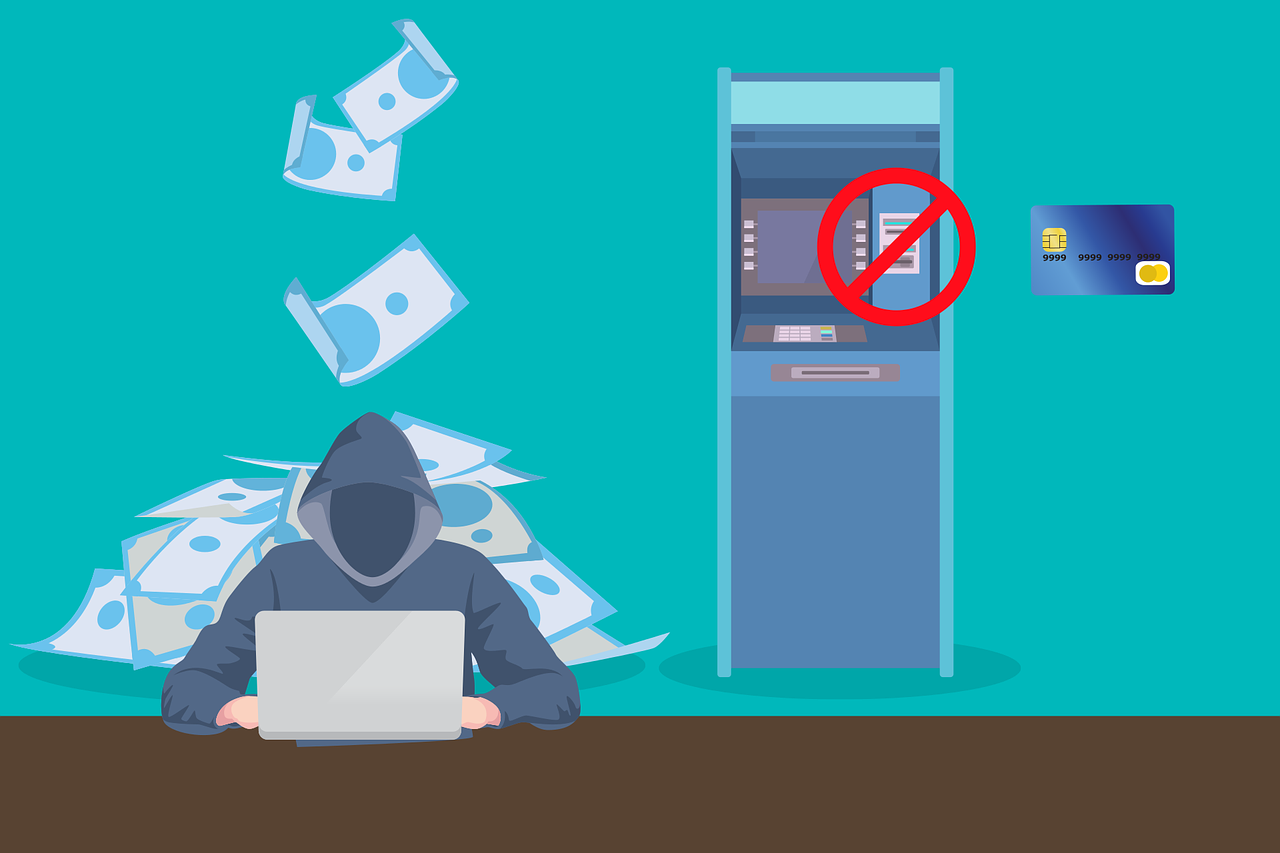As more people resume travel in the post-pandemic era, the risks associated with using credit cards while on vacation are increasing. One of the most common threats is skimming, which criminals use to steal credit card information. This article explores skimming, how to detect it, and what steps you can take to protect yourself while travelling.
What Is Skimming?
Skimming occurs when criminals use hidden devices to capture credit card information. These devices, often installed on ATMs, gas pumps, or point-of-sale (POS) terminals, are designed to look like legitimate card readers. When a person swipes their card, the skimmer captures the card’s magnetic strip data, which can be used to create counterfeit cards or fraudulent online transactions.
How to Spot a Skimmer
Detecting a skimmer can be challenging, as these devices are designed to blend in with legitimate machines. However, there are a few tell-tale signs that something might be wrong:
- Loose or Bulky Card Readers: If the card slot feels loose or sticks out more than usual, it might have a skimmer attached.
- Visible Glue or Tape: Skimmers are often hastily attached, so look for any signs of tampering, such as adhesive residue.
- Unusual Keypads: Fake keypads are sometimes placed over real ones to capture PINs. Be cautious if the keypad feels thicker than usual or doesn’t respond as it should.
- Unfamiliar Equipment: Be wary of any ATM or payment terminal that seems out of place or different from what you’re used to.
Steps to Take if You Suspect Skimming
If you suspect a machine has been tampered with, do not use it. Instead, report it to the local authorities or the business where the machine is located. If you believe your card has been skimmed, immediately contact your bank or credit card issuer. Most financial institutions have fraud protection measures to help secure your account and reverse unauthorized transactions.
Tips to Protect Your Credit Card While on Vacation
To minimize the risk of skimming and other forms of fraud, consider the following precautions:
- Use Credit Over Debit: Credit cards offer better fraud protection than debit cards. In the event of unauthorized transactions, credit cards limit your liability and don’t give direct access to your bank account.
- Enable Alerts: Set up transaction alerts with your bank or credit card provider. This way, you’ll be notified immediately of any suspicious activity.
- Use ATMs Wisely: Stick to ATMs inside banks or well-lit, secure areas. Avoid standalone machines or those in high-traffic tourist spots.
- Cover Your PIN: When entering your PIN, shield the keypad with your hand to prevent anyone from seeing your entry.
- Inspect the Machine: Before using an ATM or payment terminal, take a moment to inspect it for signs of tampering. If something feels off, trust your instincts and don’t use it.
- Carry a Backup Card: It’s a good idea to bring a second credit card on your trip in case your primary one is compromised. Store it separately from your main card to reduce the risk of both being stolen.
- Monitor Your Statements: Regularly check your bank and credit card statements for unauthorised charges during and after your trip.
Conclusion
While skimming is a growing threat, staying vigilant and taking proactive steps can help protect your finances while you enjoy your vacation. Understanding the risks and knowing what to look for can minimize the chances of falling victim to credit card fraud and ensure that your trip remains worry-free.
Always prioritize your financial safety while travelling, and if in doubt, contact your bank for advice on managing your credit card use during your vacation.
- hector pascua/picture: Image by teguhjati pras from Pixabay
This post has already been read 10646 times!



